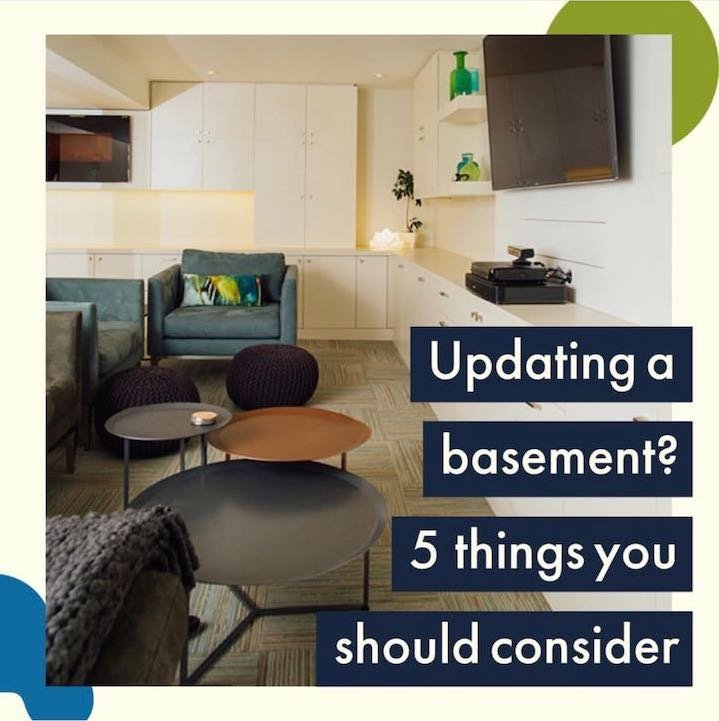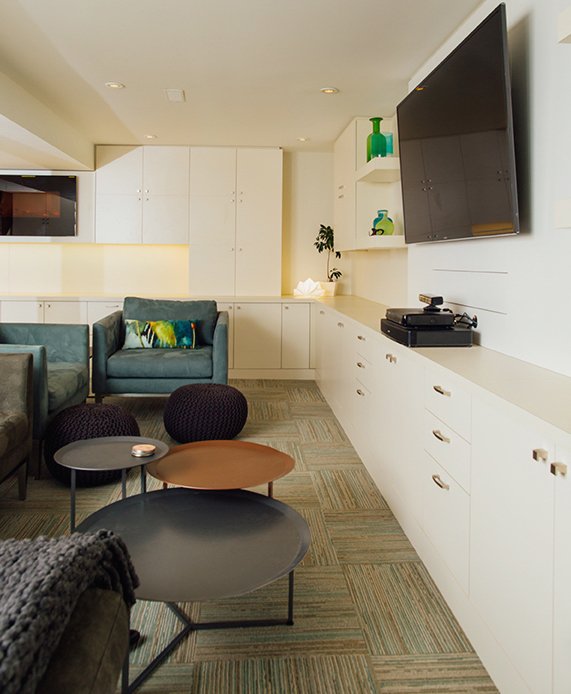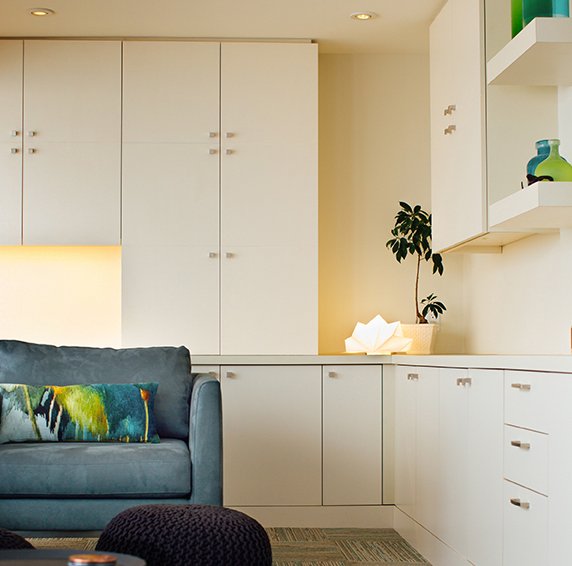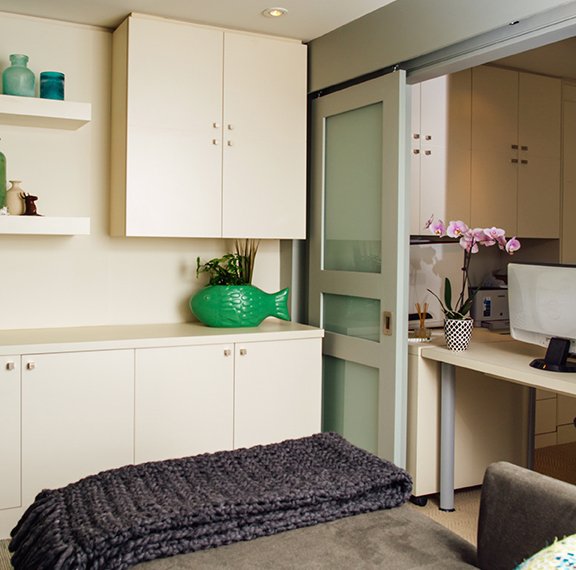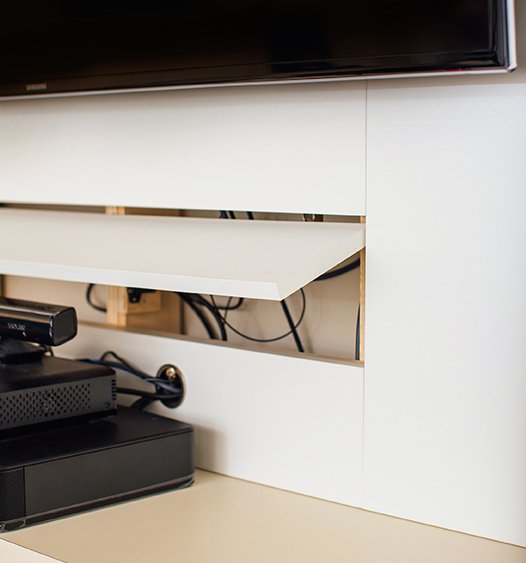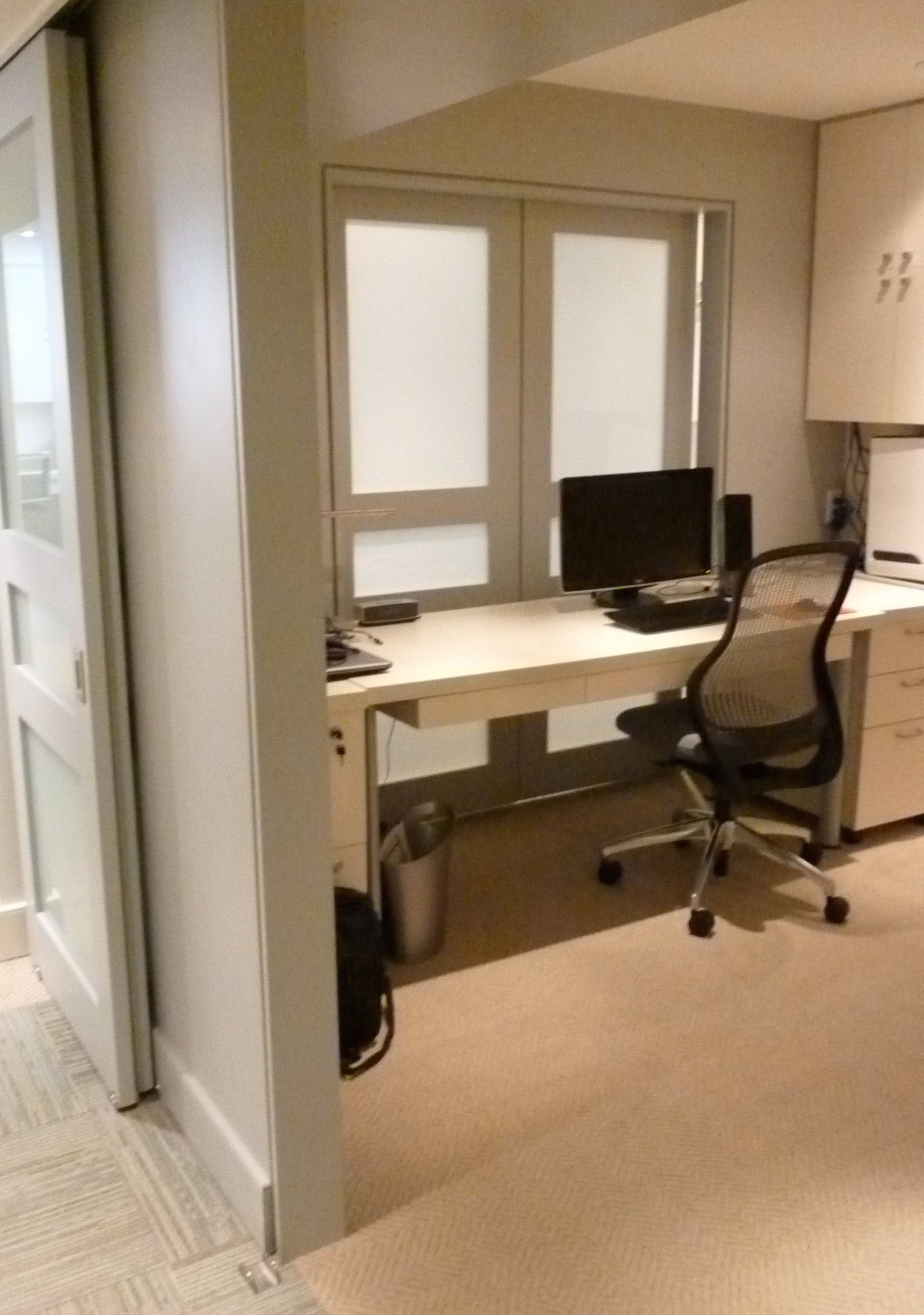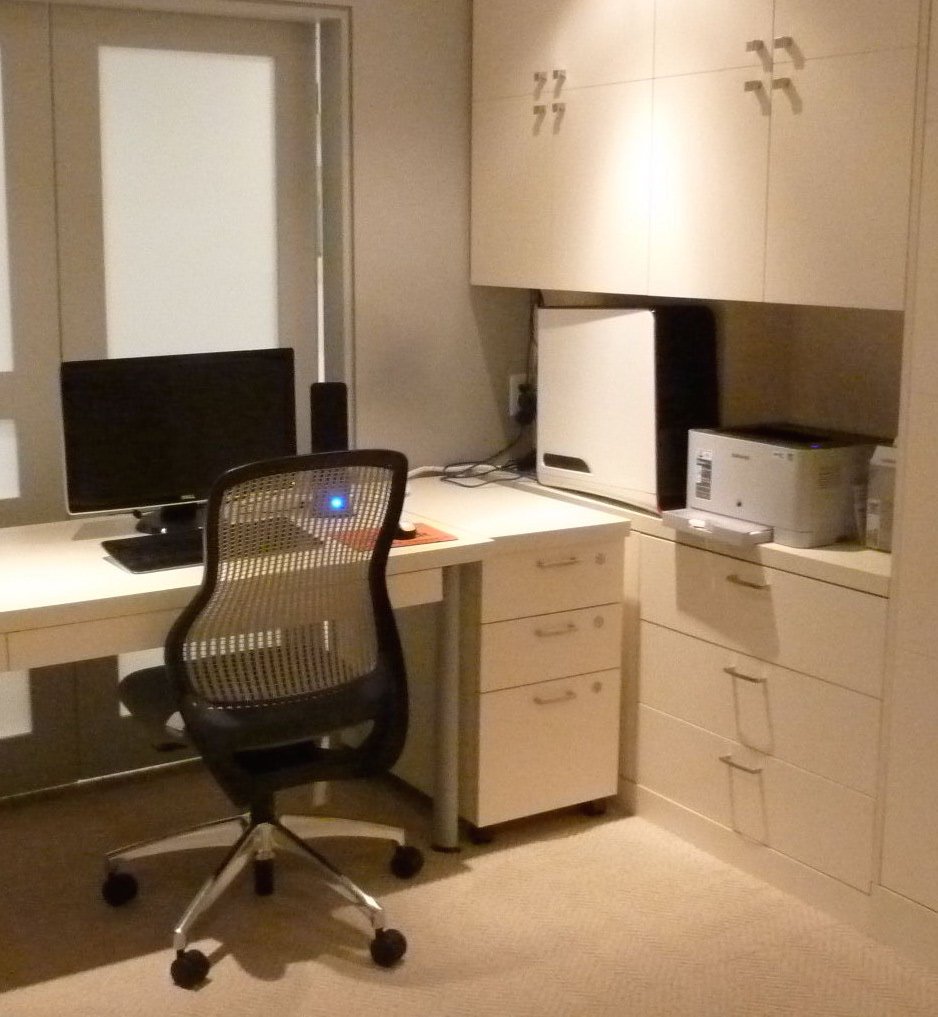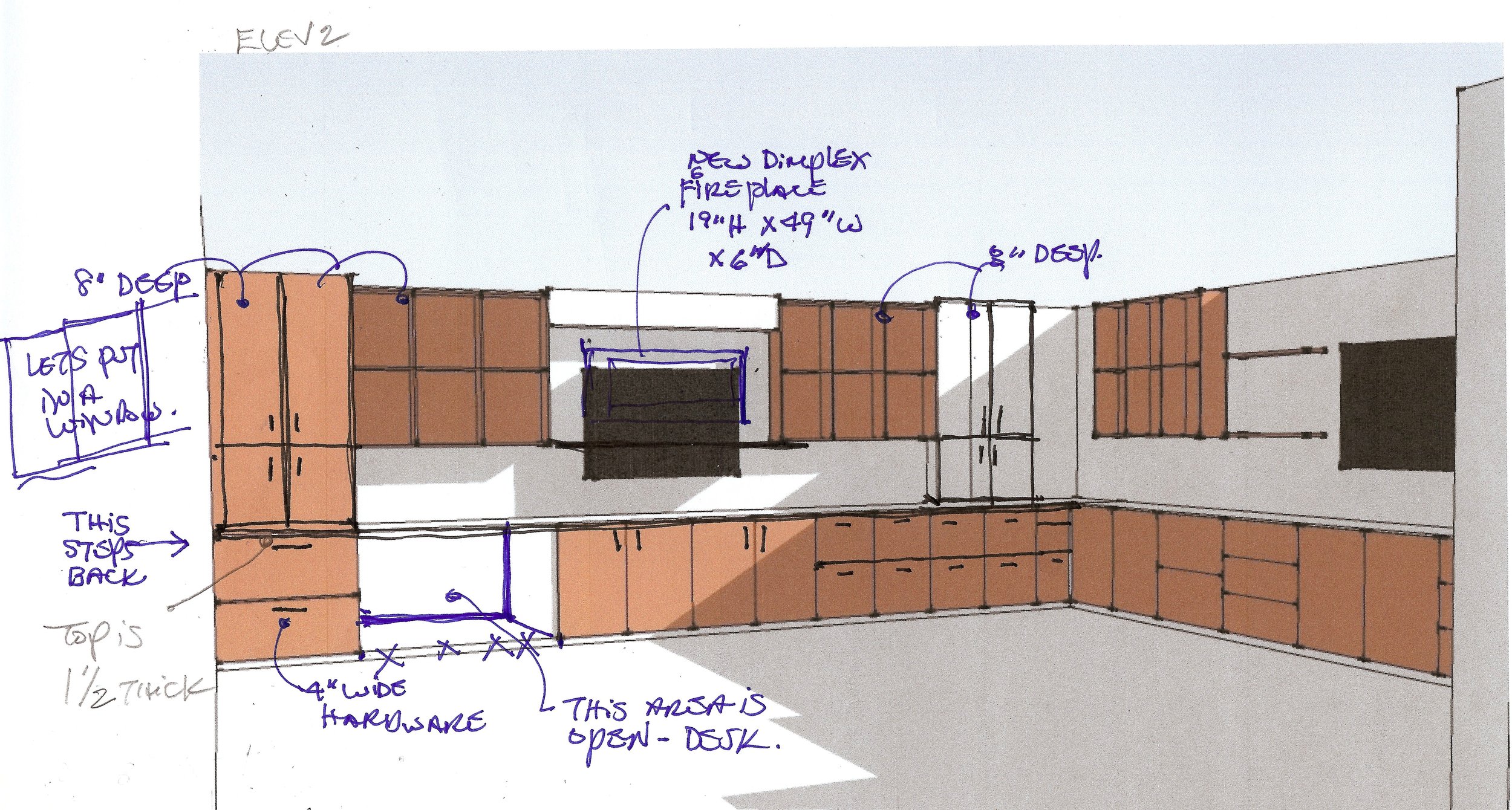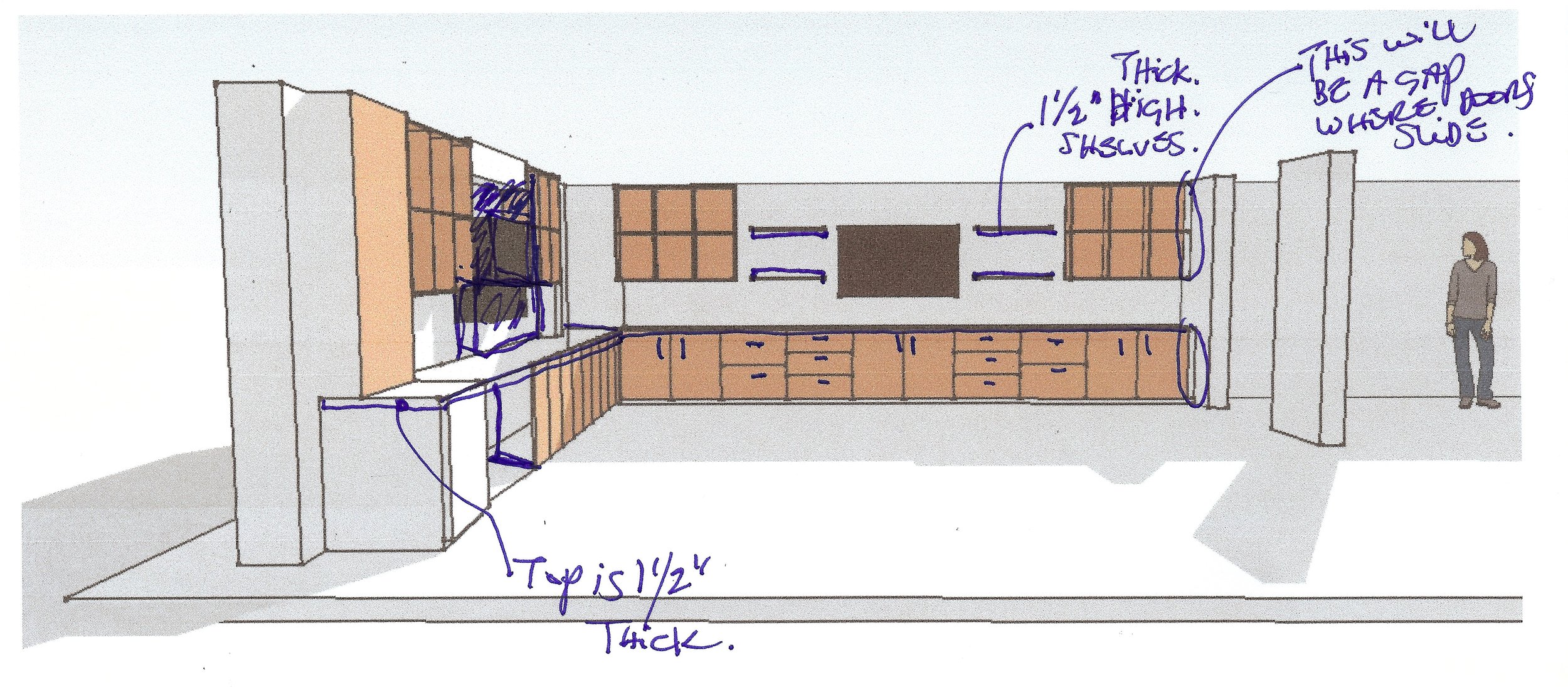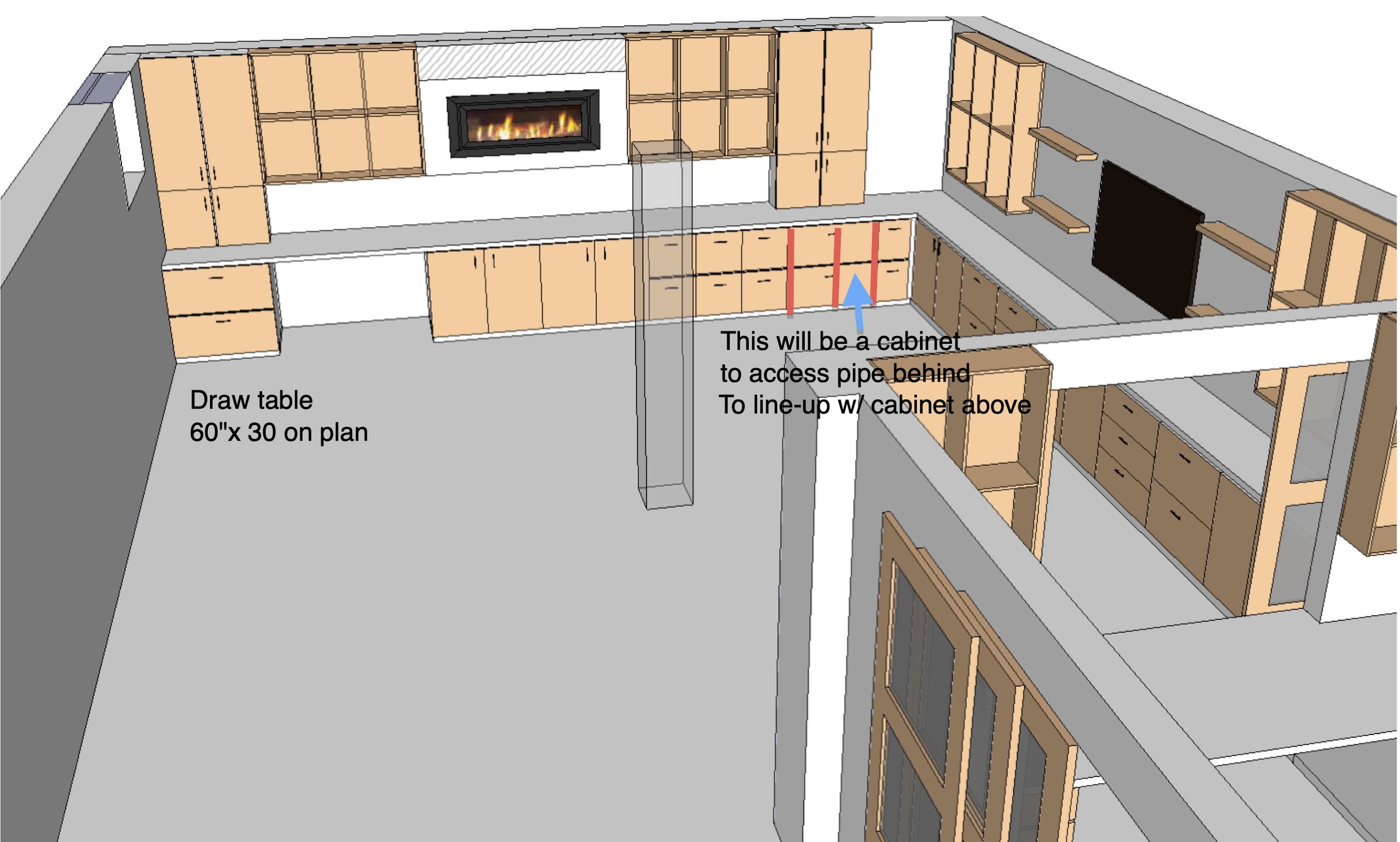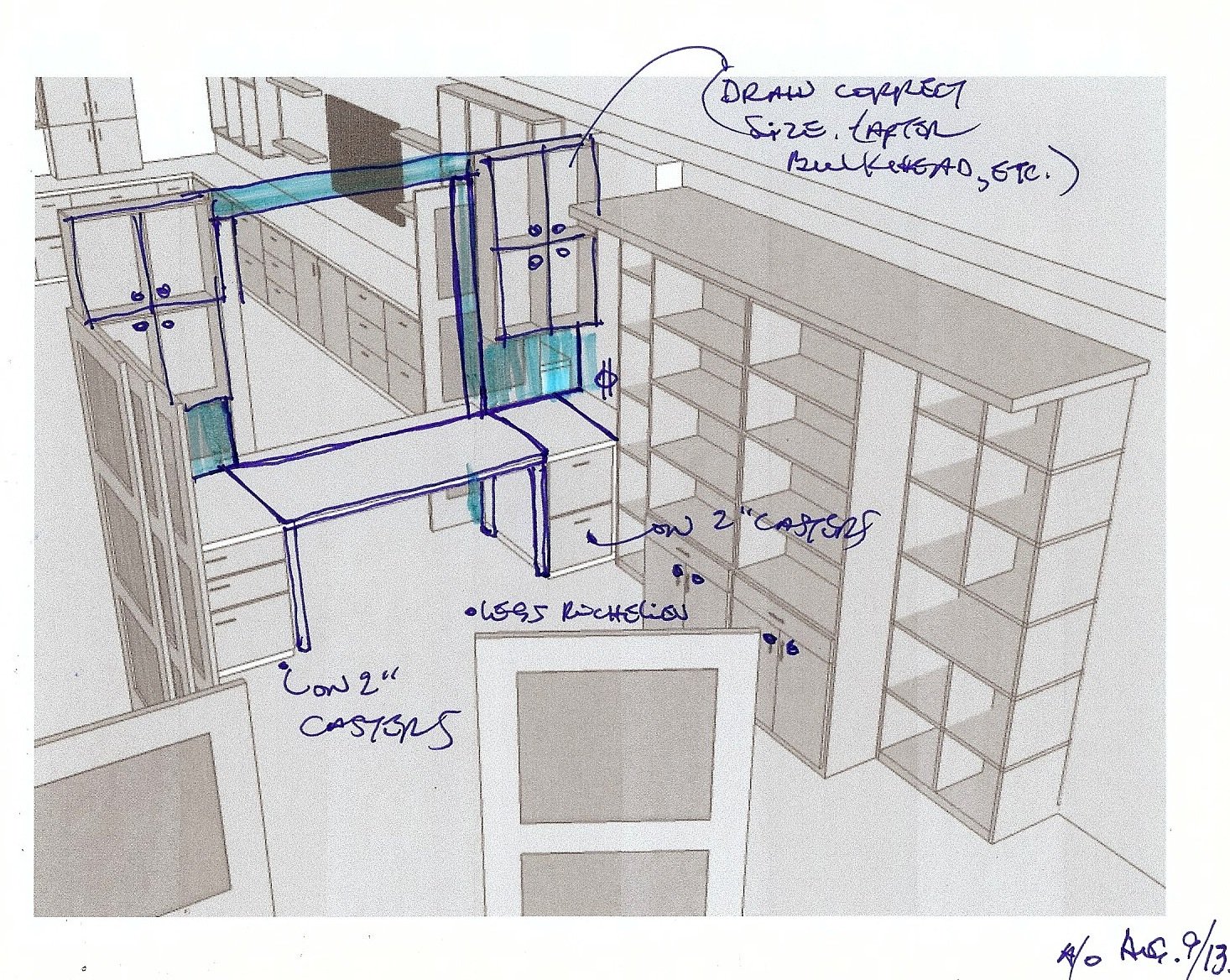Updating A Basement? 5 Things You Need To Consider To Reclaim This Large Bonus Space
Need extra space? Create luxurious bonus spaces for all of your special needs.
Reclaim your basement!
Gone are the days of ‘low’ unfinished basements that rank of mold and mildew. A place to do laundry, access storage, sports gear and Christmas decorations.
Now that fixer-uppers are going for a million or more, spending $150,000 to $200,000. doesn’t sound unreasonable to reclaim existing space and a lot cheaper than doing an addition, and basements are easier than attics.
In posh neighbourhoods, with historical designation and height restrictions, contractors are now digging deep to create spaces 3 or 4 levels below ground, so that they can house bowling alleys, Olympic size pools – you name it – just dig it. Called “iceberg” architecture, what you see above ground is just the tip of what lies below. Here you can expect to spend well over $200,000. to add 3 to 4 floor levels below ground level.
For regular folks, this new found space, becomes a fantasy space. When all the necessary rooms for daily living are accounted for above ground, the basement becomes a space where your imagination can run wild.
That’s when I dubbed basements “The Lower Level Retreat”. They’re not the ‘base’ of the house but rather another level for living, that happens to be below the ground line. With a shift in naming this space comes a shift in thinking about the space and its functions.
These spaces can house entertainment centers with large 50” to 60” televisions, sizes that would normally dominate a regular living space. This allows the guys to watch their favourite sports and game to their hearts content.
For the practically minded, extra storage space is always welcomed and if you’re going to have a laundry room, then why not add a little panache. The ultimate home office can double up as a guest room when grandma and grandpa come to visit.
Other leisure lair spaces include wine cellars, spa retreat that doubles as a doggie grooming centre with heated floors, therapeutic pools for athletic injuries, music studios and .... a village with a large scale train model for the kid in all of us. The possibilities are endless.
So, how do you design a livable, lovable space that feels warm and cozy?
Let’s start with the basics:
1. Planning:
Open plan seems to work best. And, if you need to enclose spaces for privacy then make the walls moveable, to enclose or open-up a the room as required. Hiring an Interior Designer will help you maximise the function, use and enjoyment of the space.
2. Building:
Ideally, a finished eight foot ceiling suits everyone best. Remember that recessed pot lights, flooring and under-floor infrastructure reduces available height.
Make sure to address structural issues and all possible moisture issues. Hire a contractor who knows all about basements.
I prefer to add radiant floor heat. If you don’t want to heat the whole floor, then heat the washroom or spa area. When your tootsies are warm, then the rest of you will feel warm, cozy and pampered.
3. Lighting:
The trick is to find light fixtures and bulbs that spreads the light in all directions, filling surfaces with light and minimizing harsh shadows. Helping decrease the cave-like effect.
Choose ‘warm’ colour temperature of 2700K or 3000K. Bluish light of 4000K is cool and will feel fridge-like and not somewhere you’d like to hang-out, especially in the winter.
Use different sources of lighting throughout the space such as lamps and LED strips in built-in shelving.
4. Decor and Design:
Raise sofas and other large pieces of furniture ‘off’ the floor. Your eye travels underneath furniture on raised legs, keeping the look light and airy.
Use lighter colours and textures as a focal point for emphasis and drama.
Don’t place a television over a fireplace. Together they are visually overwhelming.
5. Flooring:
Make sure to use a modular flooring system. Should water damage occur, pieces can be popped out of place and new product installed easily. Large rolled goods such as carpet or linoleum, should be avoided. When wet, mould and mildew can occur.
I’ve had a lot of success with carpet tile over plywood. Carpet tile acts as an insulator, removable, easily cleaned and easily re-installed.
Your best options for flooring are are: porcelain tile, marble, vinyl or laminate planks. Engineered hardwood is debatable, but plank flooring is your best bet.
Fixing up the basement will add a lot of well deserved happiness to your home.
What is your Lower Level Fantasy?
Basement Renovation Project By Dolores Pian
View The Gallery Here
Here Are Some Progress Renderings To Give You Some Insight Into The Process Of Planning
Curious about iceberg architecture: - read more:
Why ‘iceberg’ mansions are becoming more popular in Toronto - Toronto Star
The next trend in luxury Canadian real estate? Multi-level 'iceberg' basements. Maclean’s Magazine
Dolores Pian is a Master Interior Designer who crafts luxury residences, penthouses and purse parking. Successful people seek her expertise in Design Reclaiming Time ©.
Because time is their true luxury.
Drop her an e-mail to say hello and let her know what you thought of this blog post.
Dolores Pian’s blog posts are meant to inform and entertain. Please consult Dolores Pian directly if you need any specific information for your specific spaces.

